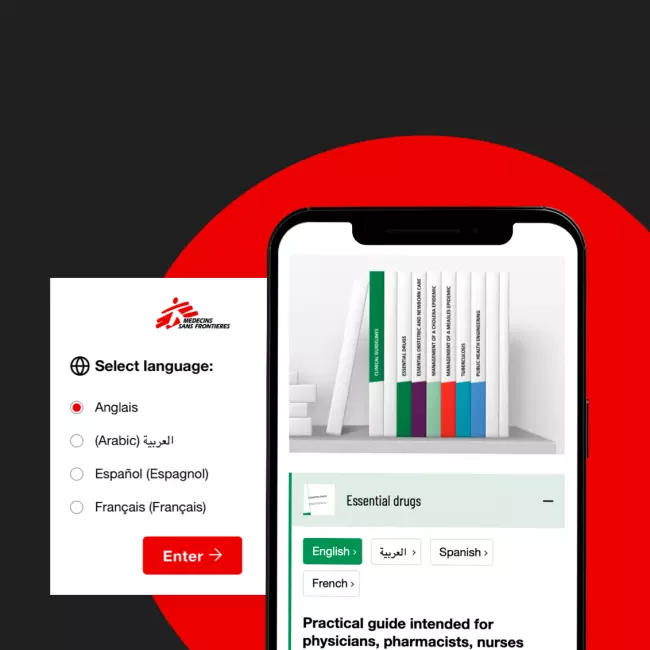Wireframing and prototyping are two crucial parts of the design process, as it allows us to show stakeholders how the final product would look and function.
Wireframes represent the structure, function and flow of the design in a lower fidelity presentation. The wireframe is the primary foundation for UI design, functional specifications and development. They are typically represented in gray scale, in order to keep focus on the structure rather than the look and feel.
Prototypes are an extension of wireframes or designs and are used to represent how a design will function without actually building it. This is a key way of ensuring functionality is built as intended and can be used to validate a design through testing.
We will often prototype key functions in wireframes to give an early representation of how something works so that it can be iterated upon before it gets designed.
Digital Garden creates wireframes in both Sketch and Figma. We use internal libraries of common components to save time that are modified to suit each client and project. This means we are able to get wireframes to clients fast and start the feedback process. If required, wireframes will be clickable as prototypes and shared using a web link. Our cloud-based prototypes can be easily socialised among your stakeholders during the feedback stage.
The benefit of wireframing and prototyping is saving time in the design process. By using lower fidelity wireframes, changes are able to be made much faster than a full UI concept. Time is also saved in the feedback process as the focus is just on the structure and content and not the look and feel of the design.
Digital Garden delivers stakeholders a web link containing the wireframes or prototype. The link allows comments to be left in situ so that feedback can be actioned in a structured and efficient manner.



